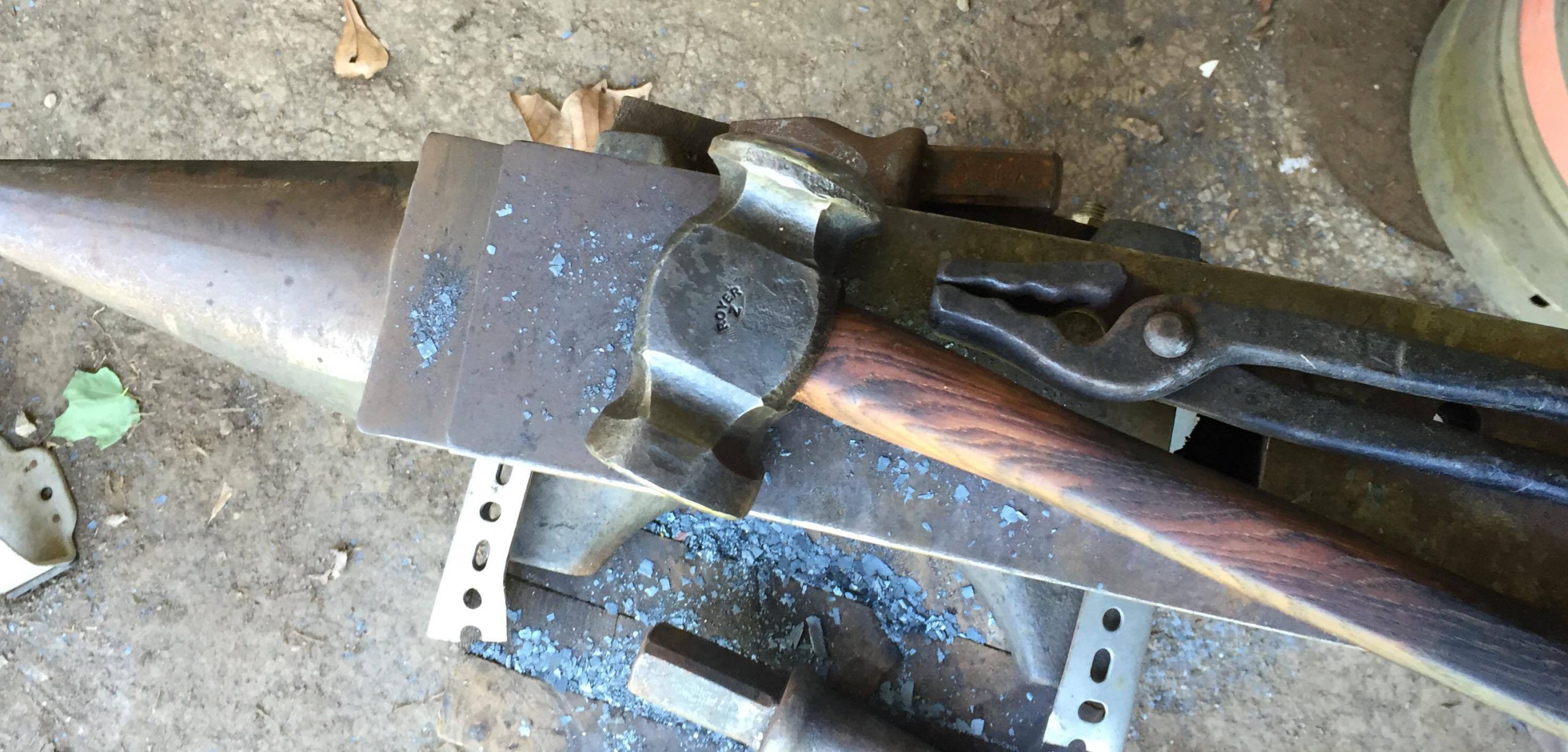Getting Started with Leathercrafting: A Beginner’s Guide to a Timeless Hobby
Leathercrafting is a rewarding and hands-on hobby that combines creativity, patience, and practicality. Whether you’re drawn to the idea of hand-making your own wallets, belts, or journal covers, or you’re simply looking for a new outlet for your creative energy, leathercrafting is a timeless art that anyone can learn with the right approach. Here’s a simple guide to help you start your leathercrafting journey.
Why Leathercraft?
Leather has been used for centuries to make durable, beautiful, and functional items. What makes leathercrafting so appealing is the ability to create something both artistic and useful. It’s also a hobby that scales well — you can begin with simple tools and basic skills, and gradually take on more complex projects as you grow.
Essential Tools for Beginners
You don’t need a full workshop to begin leathercrafting. In fact, many beginners start at their kitchen table with just a few essential tools:
- Cutting tools – A sharp utility knife or rotary cutter is perfect for cutting leather.
- Cutting mat – Protects your workspace and keeps your cuts clean.
- Ruler and wing divider – For precise measurements and marking stitching lines.
- Stitching tools – You’ll need needles, waxed thread, and a stitching chisel or awl to punch holes.
- Edge tools – An edge beveler and some sandpaper help finish the edges of your leather.
- Mallet – Used to drive chisels and stamps without damaging them.
Many craft stores sell beginner leathercrafting kits, which are a great way to try things out without a big upfront investment.
Choosing Your Leather
Leather comes in many varieties. For beginners, vegetable-tanned leather is highly recommended. It’s easy to cut, mold, dye, and stamp. Start with small pieces (called leather remnants or scraps) so you can practice without worrying about wasting expensive material.
Start with Simple Projects
The best way to learn is by doing. Begin with simple projects like a keychain, coaster, or cardholder. These teach foundational skills like cutting, hole punching, hand-stitching, and edge finishing. As you become more confident, you can move on to wallets, belts, or bags.
Learning and Practice
There are many resources available to new leathercrafters:
- YouTube tutorials provide step-by-step visual guides.
- Books and blogs offer patterns and tips.
- Online communities like Reddit’s r/Leathercraft or dedicated Discord servers are full of helpful advice and project inspiration.
Like any craft, your skills will improve with patience and practice. Don’t be discouraged by early mistakes — every leathercrafter starts somewhere.
The Joy of Craftsmanship
Leathercrafting is more than just a hobby — it’s a form of personal expression and a way to create lasting, meaningful items. There’s something uniquely satisfying about making something with your own hands that not only looks beautiful but serves a purpose.
So grab your tools, pick up some leather, and start crafting. You might be surprised at how addictive — and fulfilling — this ancient art can be.

